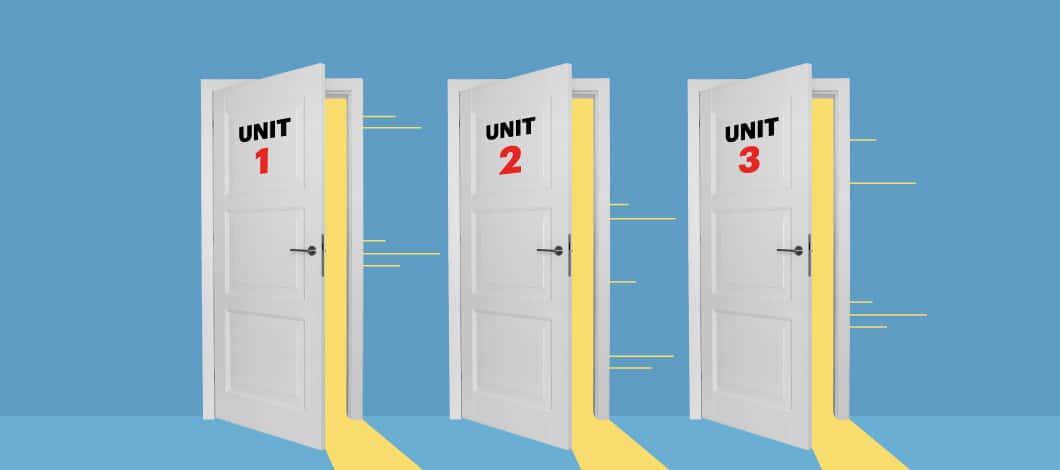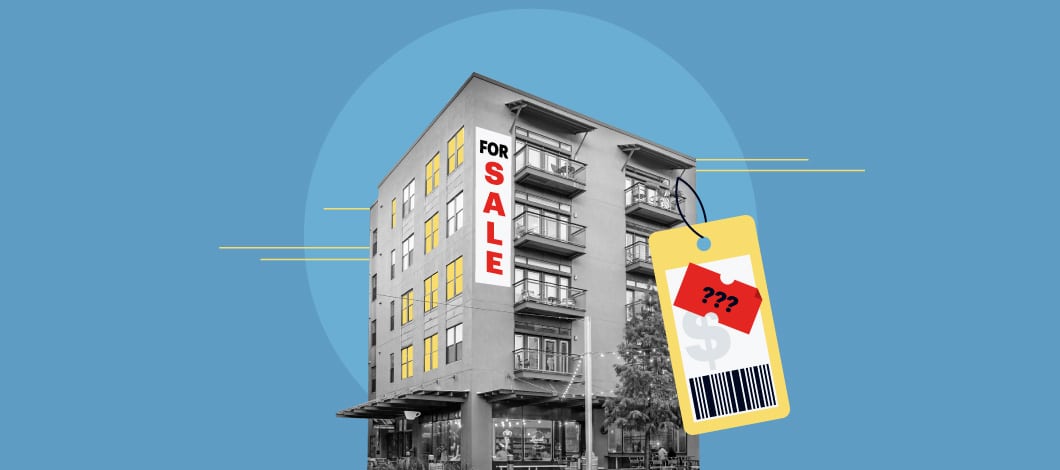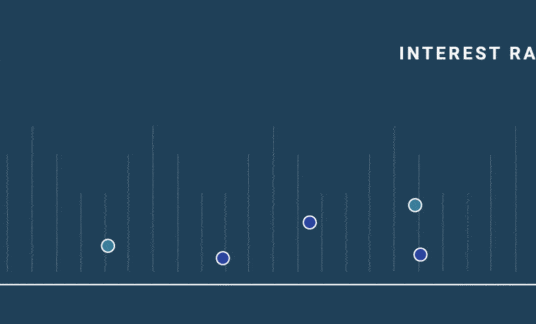Whether you’re buying or selling commercial property, you’ll want to know the value of the real estate.
As a seller, understanding the proper valuation can mean the difference between your property staying on the market for 1 month versus 6 months or more. As a buyer, it can help you evaluate if a property is listed at a fair price and provide a frame of reference for any offer you submit.
Here are a few ways you can establish the fair market value of a commercial property.
1. Gross Rent Multiplier
This is one method of valuing commercial real estate properties that are income producing.
To use this approach, you’ll need to find the gross rent multiplier (GRM). You can do this by taking the total value of the commercial property and dividing it by the annual income (i.e., gross rent) it produces.
For example, if a property is valued at $900,000 and it generates $100,000 in income a year, the GRM would be 9.
To find out what a good GRM for the area is, take the average GRMs of comparable properties.
To calculate property value once you know the average GRM, you’d take the gross rental income from a property and multiply it by the average GRM. In other words, let’s say you have a property with $200,000 in gross rent and the average GRM among comparable properties is 7, the property value would be $1.4 million.
The downside to this method is that vacancy rates and property expenses aren’t considered.
-
Evaluating Commercial Property Using the 2% Rule
In real estate, the 2% rule is a guide that can be used in some instances to determine if an investment in an income-producing property is worthwhile and will produce positive cash flow.
The rule states that a property is a good investment if the monthly rental income is at least 2% or more of the price.
However, it isn’t a gold standard, and won’t apply to all commercial properties. For those located in major cities, the standard likely won’t apply. And those that don’t meet the rule could still be properties with a good rate of appreciation (instead of cash flow).
2. Sales Comparisons
Have you ever heard a real estate agent say they’ll “pull comps”? That’s what a sales comparison is. The agent (or appraiser) looks at similar commercial properties currently listed for sale or recently sold and evaluates your commercial property against it.
They can check other commercial property values comparable per square foot on a Commercial Information Exchange, similar to the Multiple Listing Service residential real estate agents use.
Commercial real estate listings also are available to view on websites such as the following, which could provide free commercial property values of properties near you:
Factors affecting the commercial property value and features that are compared may include:
- Age
- Condition
- Location
- Lot size
- Building size
- Number of units
- Square footage
- Type of construction
- Commercial real estate sector
Specialized improvements are taken into account and pricing adjustments are made to reflect such differences.
Once a comparable price per square foot is determined, property value can be calculated using this formula:
Property Value = Price per Square Foot X Square Footage
Because commercial sales aren’t as frequently localized as residential real estate, however, the sales comparison approach to valuation can prove challenging.
3. Income Capitalization
Using the “cap rate” technique requires evaluating the commercial property’s net operating income as well as its capitalization rate, which is an estimate of an investor’s potential return on investment. Capitalization rates vary based on various factors, including the condition of the property, age, location and property type.
To find the net operating income, you need to look at the operating expenses (deducting all property management expenses) and rental income. That gives you the net operating income. You then take that figure and divide that by the capitalization rate to determine the value of the property.
Capitalization Rate = Net Operating Income / Current Market Value
As an example, if a property has a net operating income of $200,000 and the capitalization rate is 6%, the property would be valued at $3.3 million. Conversely, you could say if the property is valued at $3.3 million and the capitalization rate is 6%, you could expect to earn approximately $200,000 in income from it.
4. Cost Valuation
Cost valuation is another method that can be used when you’re wondering how to find the market value of a commercial property. When comps are difficult to pull, real estate appraisers and agents might turn to this approach.
Essentially, it comes down to this: If the existing structure were to crumble to pieces, what would it cost to rebuild the commercial property from the ground up? Construction and material costs are taken into account. The current value of the land is also considered when valuing the property this way.
This method is often used for property insurance and tax purposes.

5. Value Per Door
In some instances, particularly with apartment buildings, you might come across a value-per-door figure. This is simply the total price of the property divided by the number of units. For example, if the apartment building as a whole is valued at $5 million and there are 100 units, the value per door would be $50,000.
6. Cost Per Rentable Square Foot
This method for coming up with a fair market value of a commercial property considers a building’s rentable and usable square footage to come up with a cost per rentable square foot. It also takes into account its common areas. Once you have a cost per rentable square foot, you can compare it to the average lease cost per square foot and deduce an acceptable value.
How Will You Determine the Value of a Commercial Property?
Whether you choose to determine the value of your property on your own or decide to hire a professional, remember values change as markets fluctuate. As often is the case, it’s largely an issue of supply and demand.
If you want to get an idea of a commercial property’s value history, such as the last sale price and current assessed value, visit your county’s property appraiser site, many of which offer access to this information for free.
Keep in mind that if you enlist the help of a professional for your valuation, a commercial property appraisal will likely range between $2,000 and $4,000 and could be upwards of at least $10,000 for very large commercial properties, according to Paramount Property Analysts.











